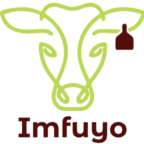Introduction: Why Livestock Insurance Matters
Livestock is a cornerstone of Kenya’s agricultural economy. For smallholder farmers, animals are not just productive assets — they are lifelines. When illness or death strikes, the financial and emotional loss can be devastating.
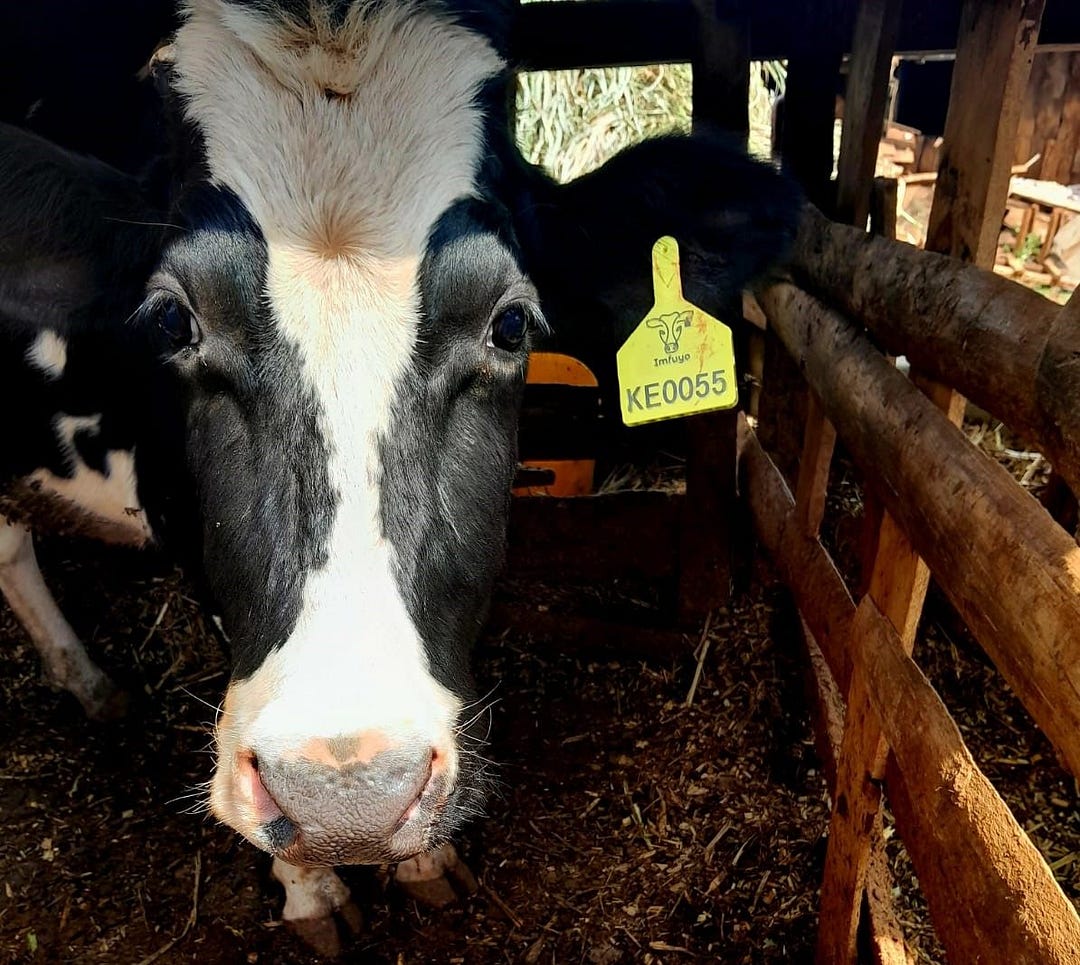
Livestock insurance offers a critical safety net — but uptake remains low due to mistrust, limited access, and lack of awareness. This article breaks down a real-life success story from Central Kenya, exploring how Imfuyo, an agri-fintech intermediary, and a reputable insurance provider supported a farmer through a seamless claim process — resulting in a KES 72,000 (approximately $480) payout.
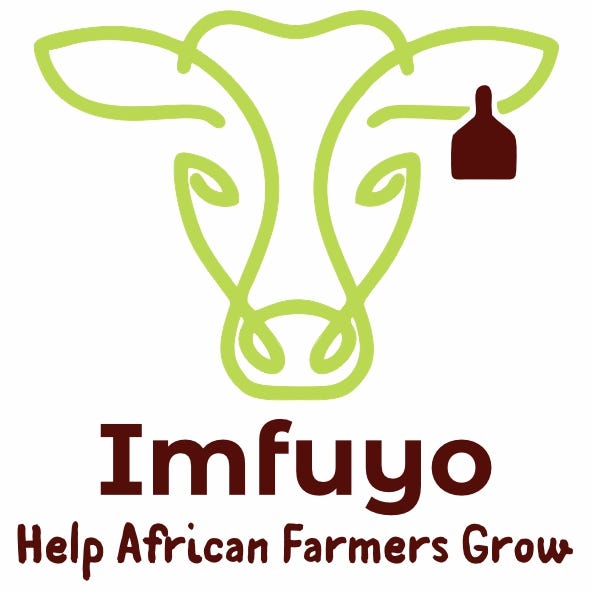
A Farmer’s Ordeal: The Cow That Couldn’t Be Saved
In Central Kenya, dedicated dairy farmer Sam Njoroge faced an all-too-common scenario: his prized Black Friesian dairy cow (Tag #474) contracted Lumpy Skin Disease (LSD) and, despite prompt veterinary care, did not recover. The farmer had, however, insured his livestock through a partnership facilitated by Imfuyo and underwritten by a reputable insurance company.
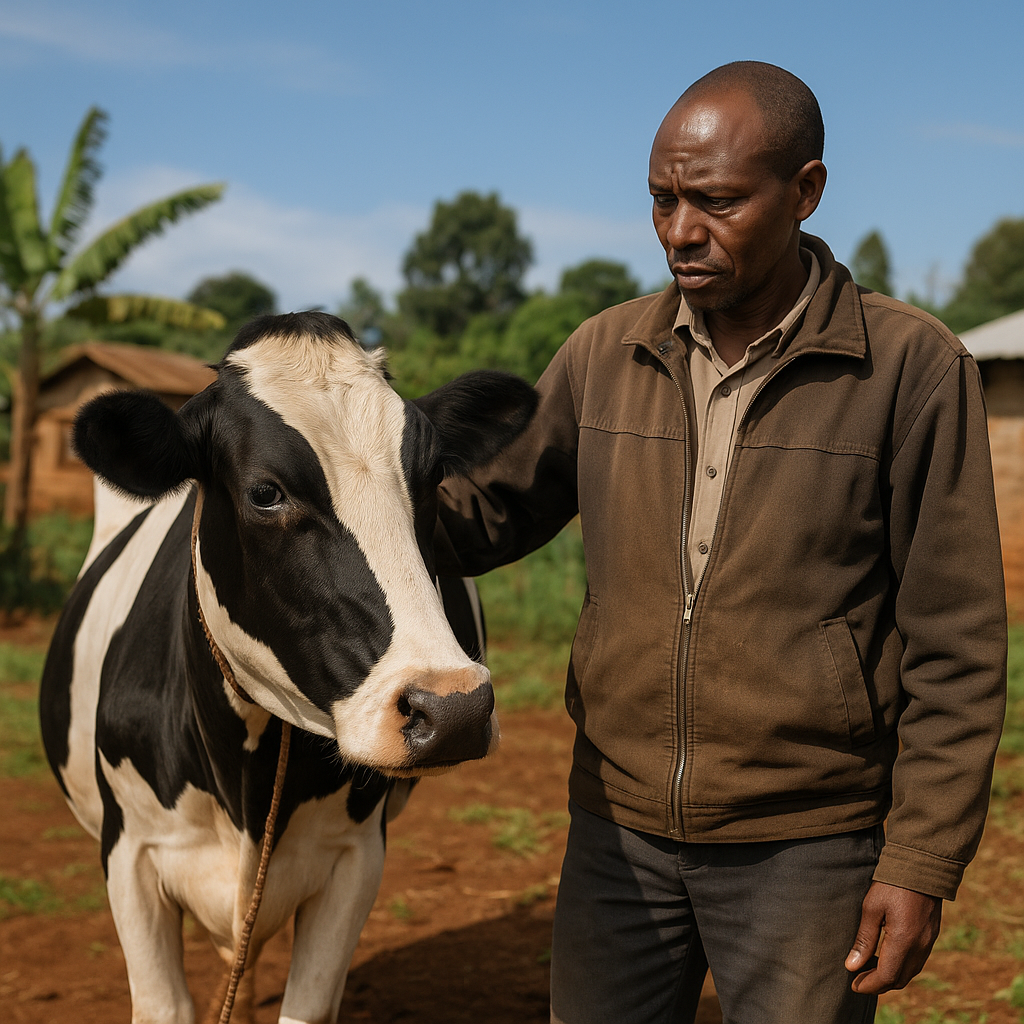
Thanks to swift action, transparent documentation, and collaboration, his claim was fully processed — and the payout of KES 72,000 provided critical financial cushioning.
How the Insurance Claim Process Worked
Step 1: Immediate Reporting
The farmer alerted Imfuyo as soon as the illness was identified. Imfuyo, acting as the data and claims intermediary, immediately notified the insurance provider.
Step 2: Documentation
Mr. Njoroge maintained detailed records including:
- Symptoms and observations
- Vet reports and prescriptions
- Treatment records and invoices
- Comprehensive photographic evidence of the animal and its condition
- Animal identification details (Tag #474)
- Professional diagnosis of Lumpy Skin Disease
Step 3: Communication & Compliance
Regular follow-ups and prompt sharing of requested documents ensured full compliance with the insurer’s claim conditions. Mr. Njoroge’s thoroughness in providing post-mortem photographs helped expedite the verification process.
Step 4: Independent Assessment
The insurance company dispatched certified assessors who evaluated the claim onsite. The farmer’s openness and meticulous record-keeping helped validate the claim without delay.
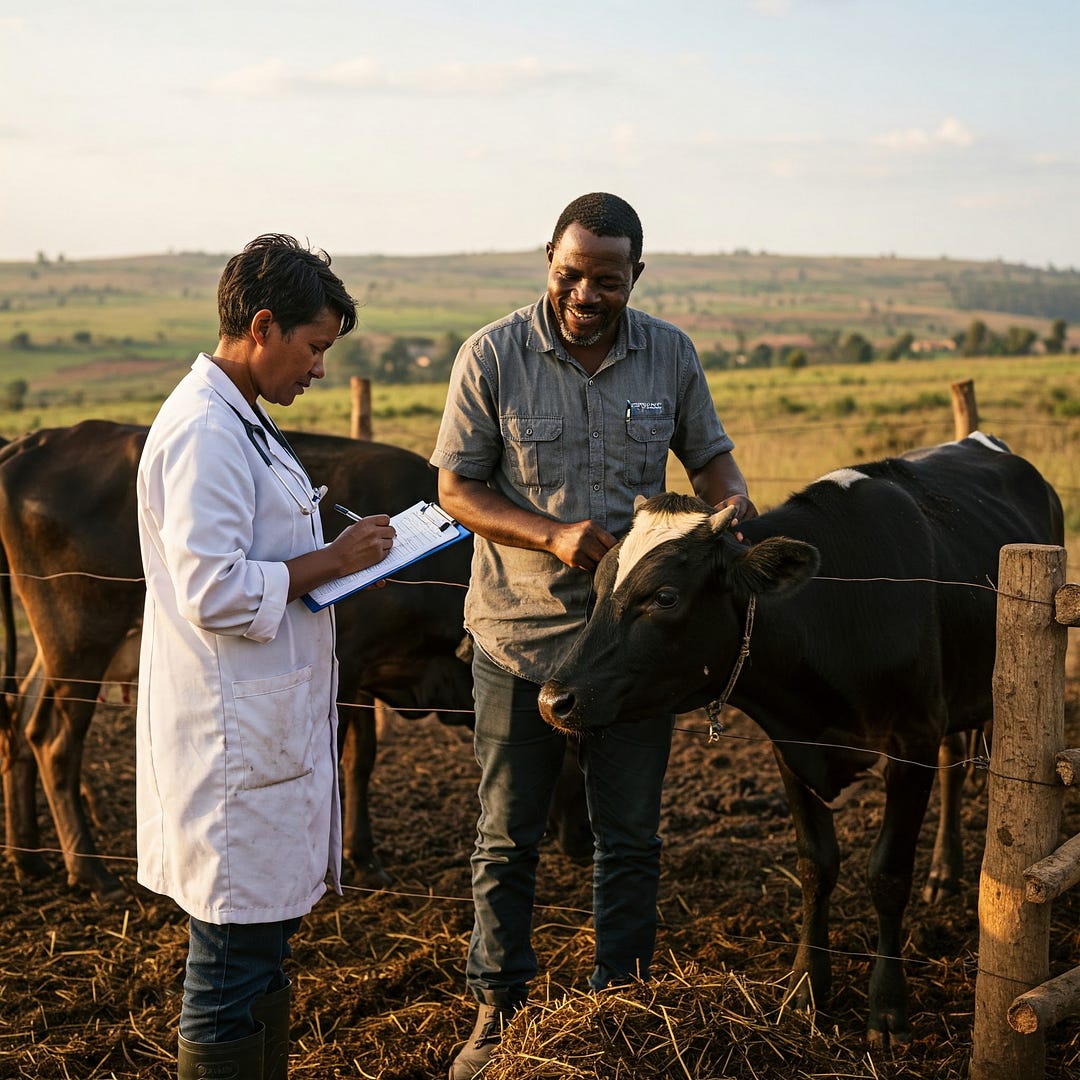
Step 5: Settlement
Upon verification, the insurer released KES 72,000 (approximately $480) to the farmer — a testament to how livestock insurance, when powered by tech and process discipline, works effectively even in rural settings.
The Role of Imfuyo: Tech Meets Trust
Imfuyo plays a pivotal role in transforming traditional insurance. Its model includes:
- Real-time livestock data tracking
- Medical history monitoring
- Claims validation and coordination
- Farmer education and support
- Digital documentation management
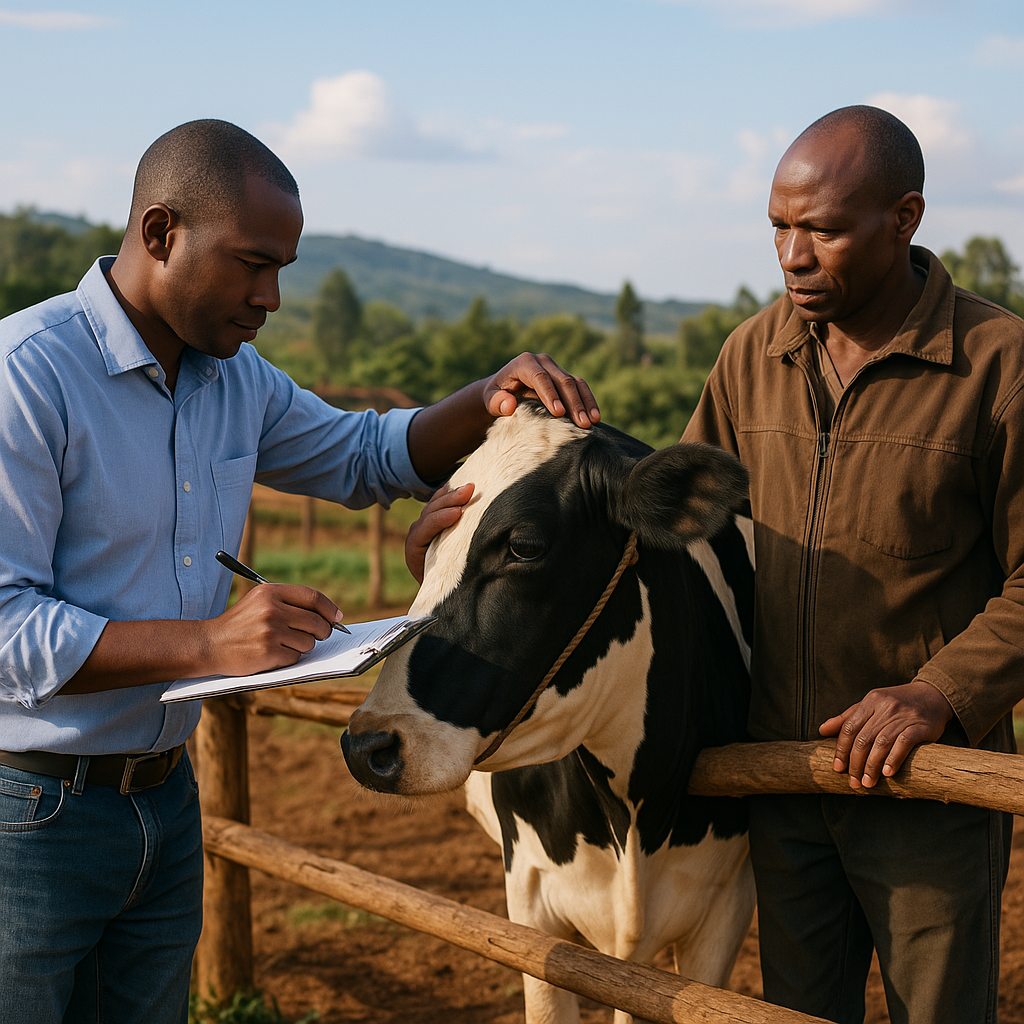
Our platform ensures transparency, traceability, and speed — addressing the long-standing gap between farmers and insurers.
Why This Matters: National Context and Stats
Kenya has seen increasing climate volatility, with droughts and disease outbreaks like Lumpy Skin Disease endangering livestock-dependent communities.
According to Kenya News Agency (2025), over 173,000 farmers have enrolled in livestock insurance schemes, covering more than 600,000 animals.
The World Bank-backed DRIVE program has paid out KES 2.7 billion in claims and subsidies — protecting pastoralists in 21 drought-prone counties.
In recent drought cycles, Kenya lost 2.5 million livestock, according to national livestock emergency reports — underscoring the urgency of widespread coverage.
Challenges of Uptake in Kenya
Despite progress, livestock insurance faces hurdles:
- Low awareness among rural farmers
- Trust deficits due to past delays in claims
- Cost concerns without subsidies
- Lack of digital infrastructure in remote areas
- Difficulty in documenting livestock diseases properly
Innovators like Imfuyo are helping close these gaps by providing technological solutions that simplify documentation and claims processes.
Advocacy, Ambassadorship, and Farmer Voice
Farmers like Mr. Njoroge from Central Kenya become ambassadors of success. His experience demonstrates that:
“Insurance isn’t just a policy. It’s peace of mind when everything else fails, especially when facing unpredictable diseases like Lumpy Skin Disease.”
By equipping farmers with information, support, and real-world examples, organizations can shift perception from skepticism to trust.
Conclusion: Livestock Insurance is Not Optional — It’s Essential
Insurance, when powered by data, dialogue, and dedication, becomes a lifeline. The collaboration between Imfuyo and insurance providers in Central Kenya is proof that well-structured insurance can restore dignity, financial stability, and resilience to livestock farmers.
The specific case of Mr. Njoroge’s Black Friesian cow illustrates how proper documentation, swift action, and technological support can turn the often-abstract concept of insurance into tangible financial relief during crisis.
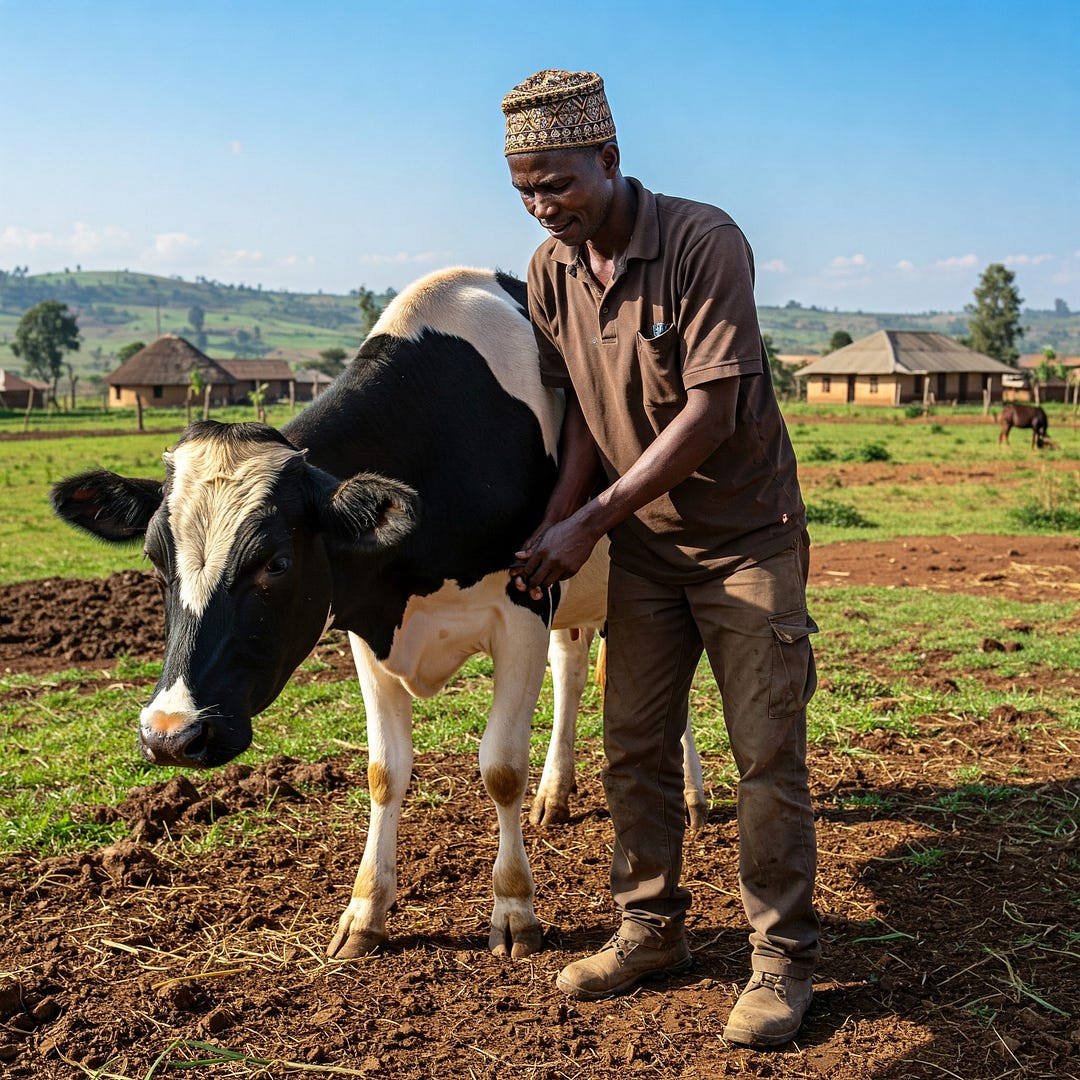
References
- Kenya News Agency — Livestock Insurance Signs Over 173,000 Farmers
- Business Daily Africa — 138,000 Herders Register for Livestock Insurance
- World Bank — De-Risking, Inclusion, and Value Enhancement of Pastoral Economies (DRIVE) Program
- Kenya Veterinary Association — Lumpy Skin Disease Prevalence Report 2023
